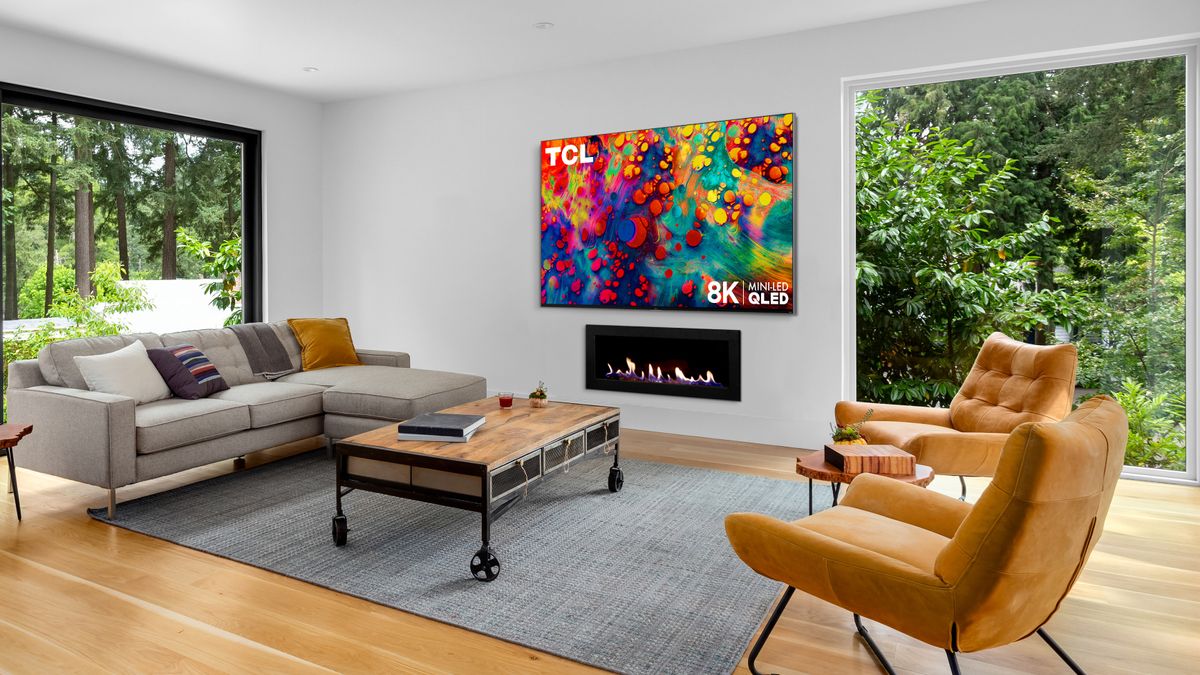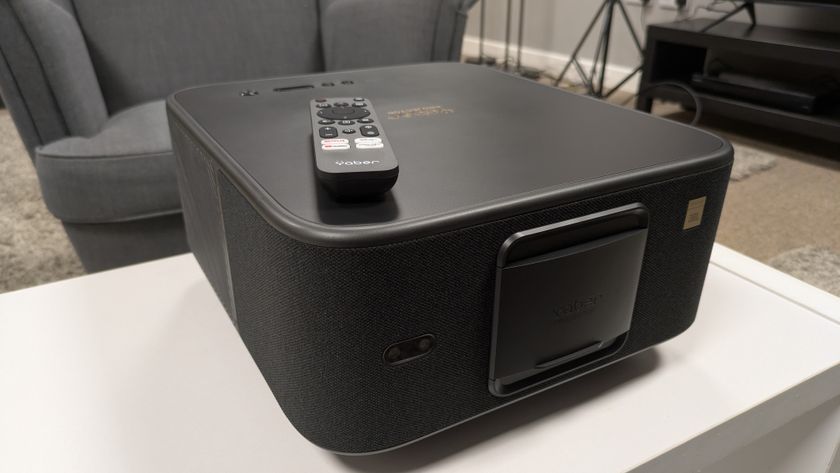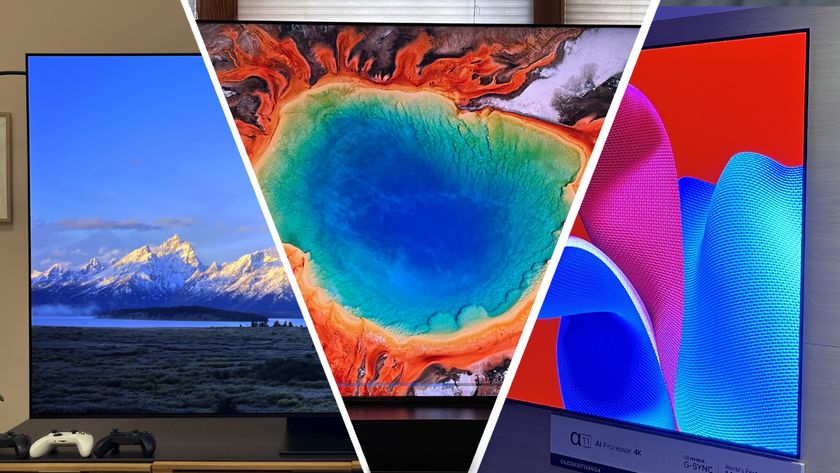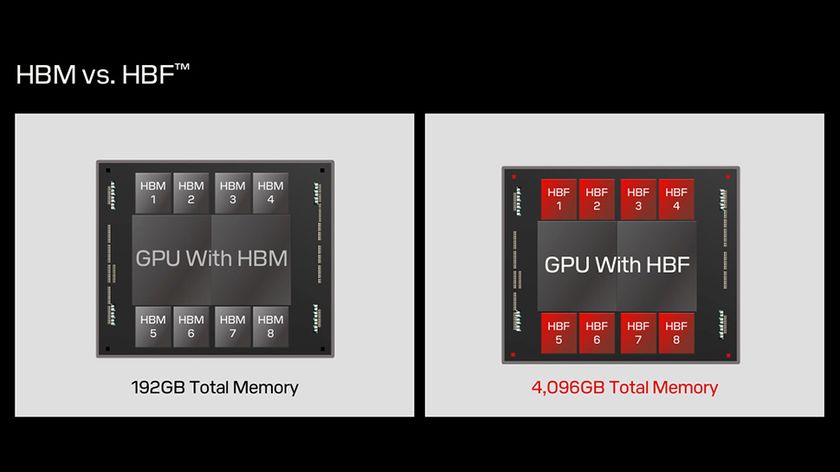65-inch 8K TVs are leading the pack, but should people buy bigger?
But are these large sizes necessary?

8K TVs are certainly growing in popularity, and it’s possibly no surprise that 65-inch 8K TVs are proving the most popular among them. That’s what we’re seeing in a new 8K TV broadcast from analysts at DSCC, who have predicted exponential growth in 8K resolution screens over the next five years.
The number of 8K TVs annually shipped is expected to double between 2021 and 2022, from over 500,000 to around 1,400,000 units worldwide – but that increase should continue in consecutive years, with over two million units in 2023 and three million units in 2024.
65-inch TVs seem the most popular option for 8K panels in 2021, and DSCC predicts that will hold firm in the coming years – and there’s good reason for that. 8K resolution offers four times the amount of detail as the best 4K TVs, but it’s only really at a 65-inch size that the additional detail is particularly visible.
- The best smart TVs you can buy today
- Here are the best 8K TVs
- Every new Samsung TV coming this year
As we’ve said in our 55-inch 8K TV guide, “A Samsung rep tells us that 8K isn’t overly necessary at 55 inches, really coming into its own at 65 inches and above. This means, if picture quality is a priority for you, you might want to spend your pennies on a great 55-inch 4K TV, or splash out on a larger size with 8K resolution. However, the option of a 55-inch 8K TV is there for those wanting to test out, buy-in, or show off the latest high-end resolution spec in their home.”
There’s clearly a place for 55-inch 8K TVs still, though the amount shipping each year looks to be roughly the same from 2022 until 2026, with DSCC not expecting the number to rise alongside interest in larger 8K TV sizes. The 8K Association, though, notes that the Chinese TV maker Changhong “saw very good sales of their 55” 8K TVs in the China market simply because they were the lowest priced 8K TVs available.”
Analysis: Is a 65-inch 8K TV enough?
The real question for 8K TV shoppers is whether 65 inches is still enough to really make the most of that 8K capability; larger options like 75-inch TVs and even 85-inch TVs should be even more impactful, and only improve the sensation of increased detail over smaller screens, similar to the jump from 40-inch TVs with 4K to their 55-inch TV counterparts.
The lower cost of 65-inch screens will no doubt help get 8K technology into more homes, while DSCC’s TV analyst Bob O’Brien notes that “Because of the huge volumes in 65” supplied by Gen 10.5 fabs, we expect that 65” will be the largest volume for 8K” – so the ease of shipping TVs at this more manageable, and commercially scalable size will likely translate into greater visibility and sales performance for 65-inch screens over larger alternatives.
Get daily insight, inspiration and deals in your inbox
Sign up for breaking news, reviews, opinion, top tech deals, and more.
It’s worth noting that, collectively, 8K screen measuring 70 inches and above should quickly start outnumbering the number of 65-inch 8K models out there (by 2023, at least), and what’s considered ‘large’ or ‘normal’ in the world of TVs is always a sliding scale. Remember when 40-inch flatscreen TVs were considered the pinnacle of home entertainment?
The report also notes that sub-$1,000 price points for 8K TVs are still a while off, too, so you’ll be paying a price premium for this relatively nascent tech for quite some time. However, if you’re after incredible picture fidelity, and don’t mind the lack of native 8K content, the largest size you can fit and afford for your home is likely the best bet. Just make sure it comes with HDMI 2.1 specification out of the box.
- Check out every new Samsung TV coming this year
Henry is a freelance technology journalist, and former News & Features Editor for TechRadar, where he specialized in home entertainment gadgets such as TVs, projectors, soundbars, and smart speakers. Other bylines include Edge, T3, iMore, GamesRadar, NBC News, Healthline, and The Times.
Most Popular






